CURRENTLY SHOWING
_small - Copy.jpg)
SOUTHERN
Living with Japanese Bamboo Art | NAGOMI
30 Aug – 11 Oct, 2025
wamono art
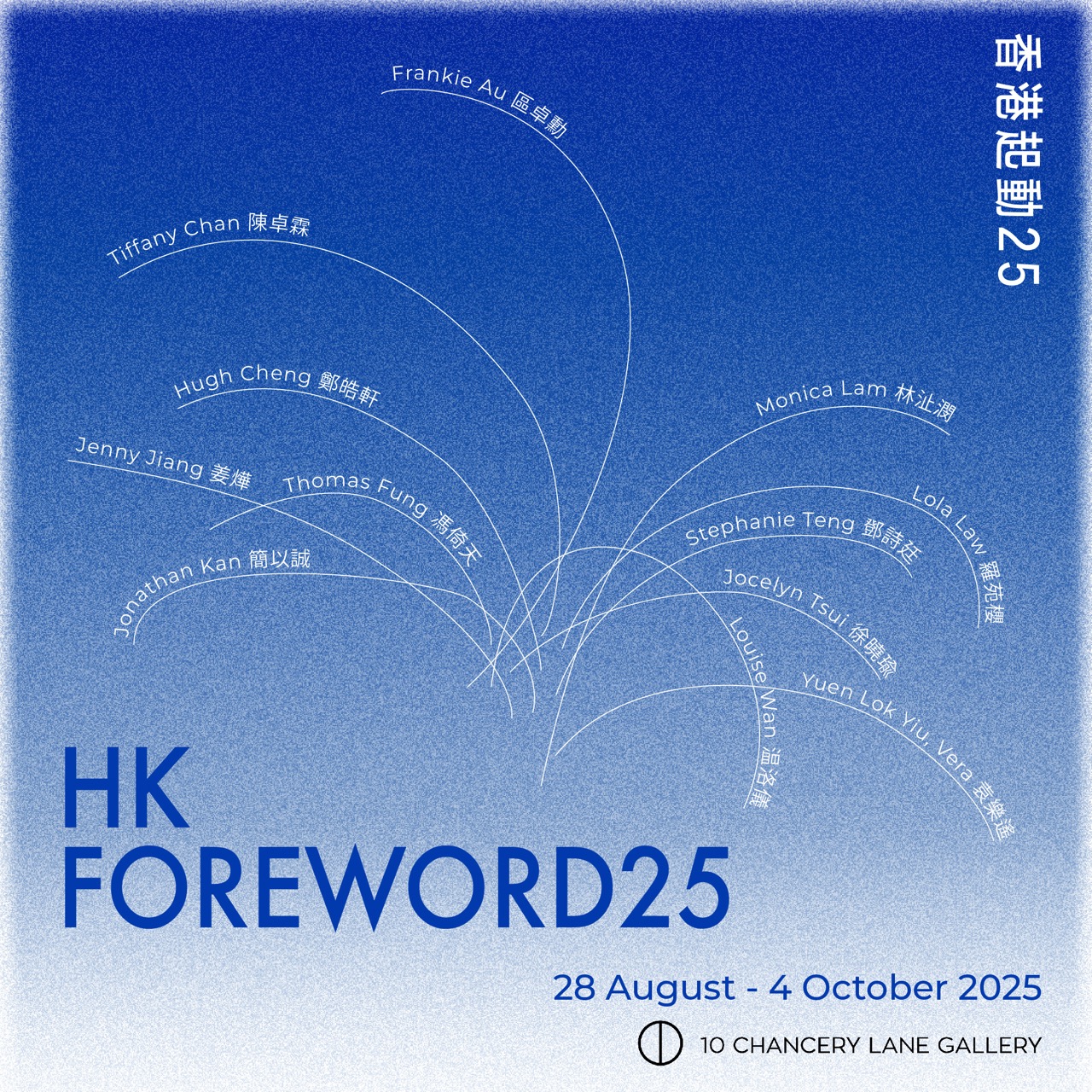
CENTRAL
HKFOREWORD25
28 Aug – 4 Oct, 2025
10 Chancery Lane Gallery

CENTRAL
August in Bloom
28 Aug – 30 Sep, 2025
Tang Contemporary Art (Central)

SHEUNG WAN
Where the Light Bends Between Us
21 Aug – 20 Sep, 2025
Soluna Fine Art

SOUTHERN
Imprints of Time
16 Aug – 23 Sep, 2025
Tang Contemporary Art (Wong Chuk Hang)
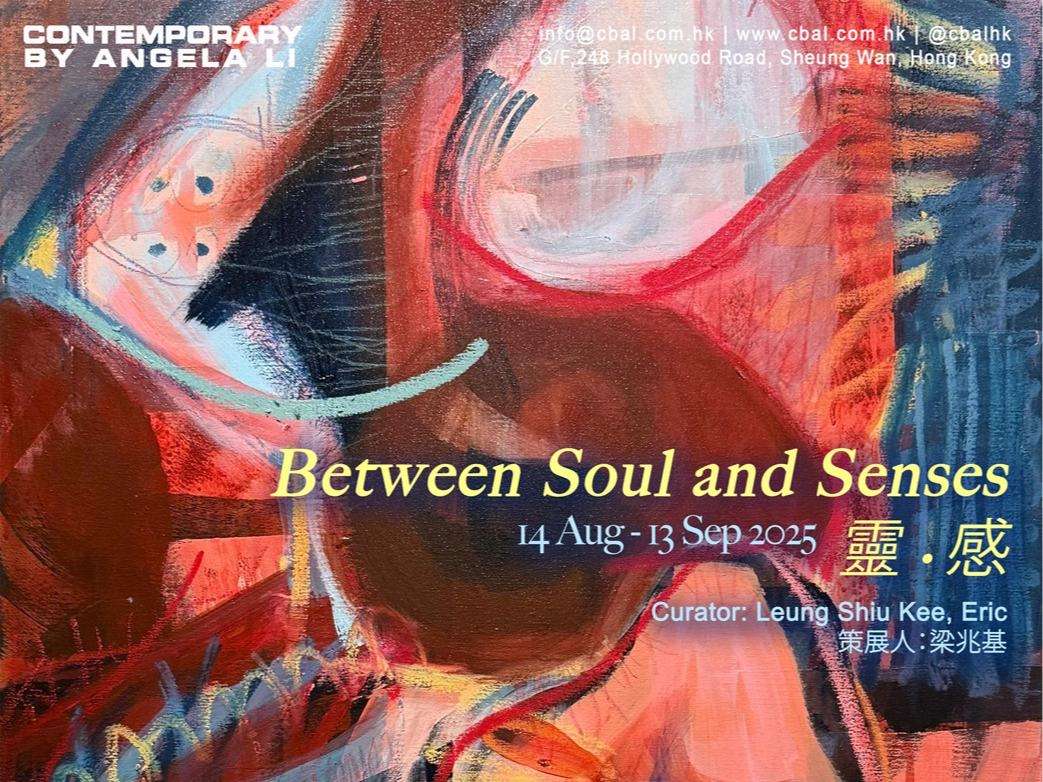
SHEUNG WAN
Between Soul and Senses
14 Aug – 13 Sep, 2025
Contemporary by Angela Li
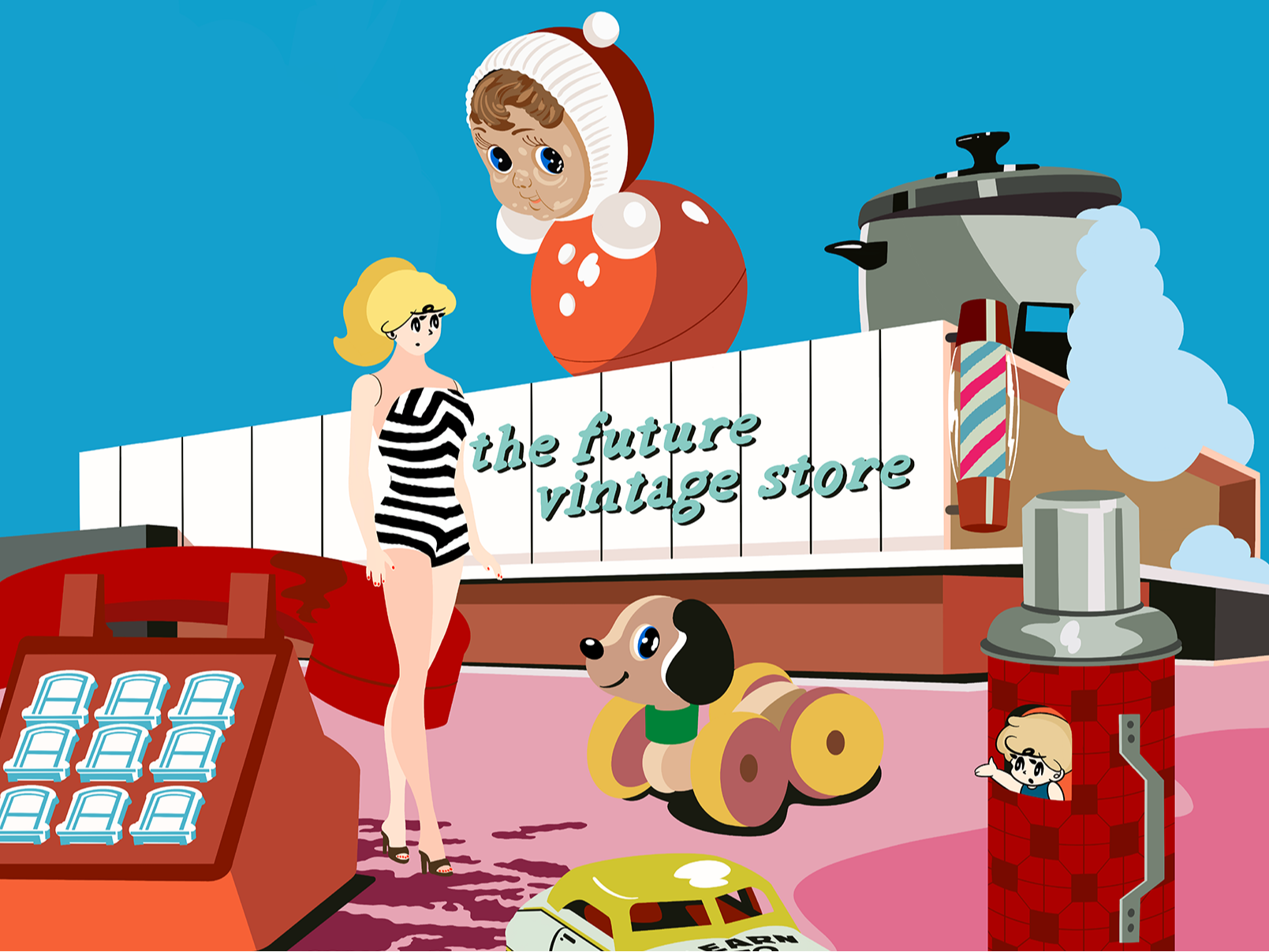
CENTRAL
The Future Vintage Store
7 Aug – 4 Sep, 2025
JPS Gallery

CENTRAL
A Touch of Gold
2 Aug – 6 Sep, 2025
Ora-Ora
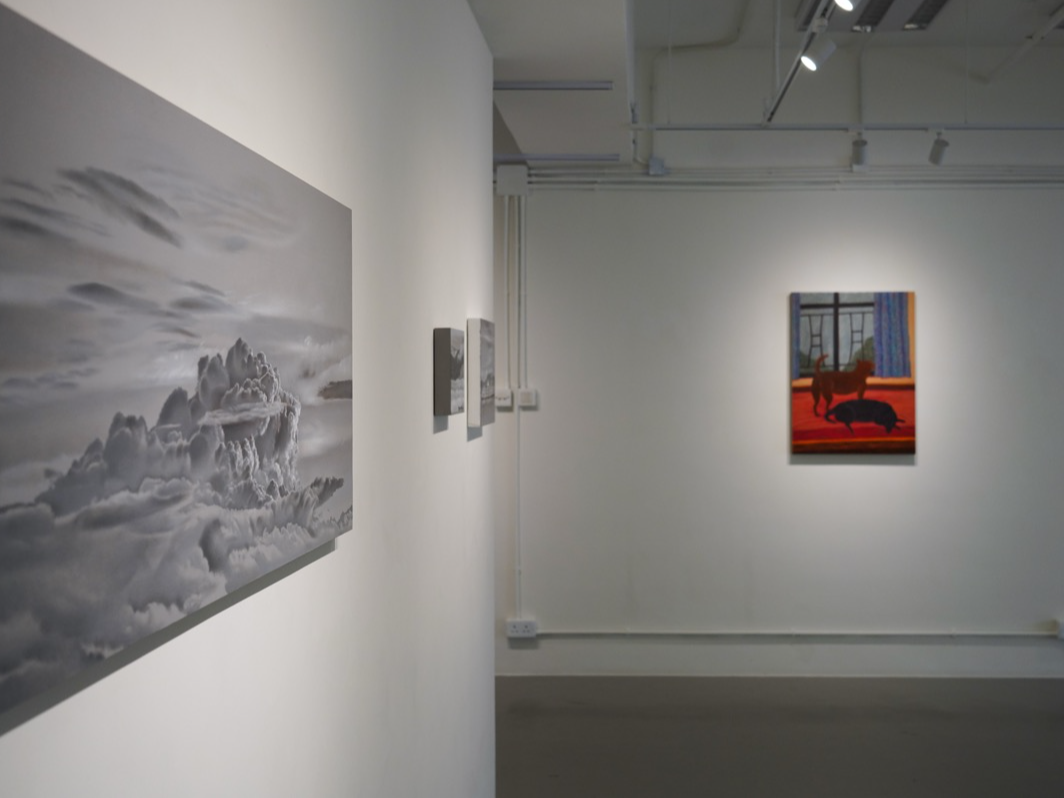
SOUTHERN
Cho Wing Ki x Lau Yin Yeung: Between Gaze and Mist
2 Aug – 6 Sep, 2025
SC Gallery
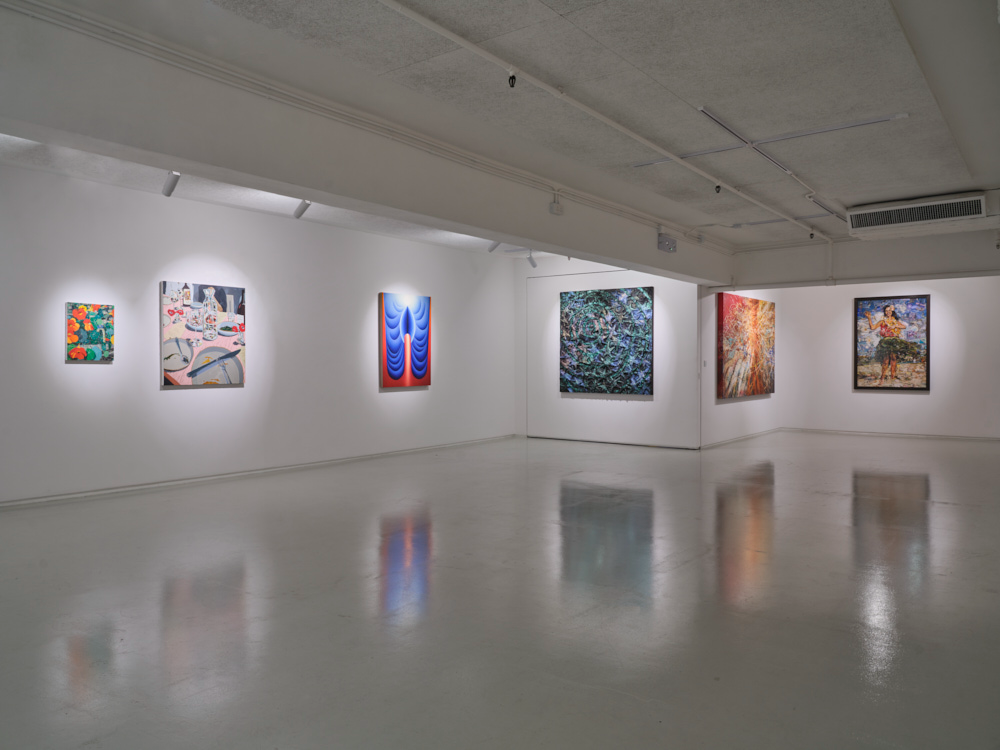
SOUTHERN
Wish You Were Here
11 Jul – 25 Oct, 2025
Ben Brown Fine Arts
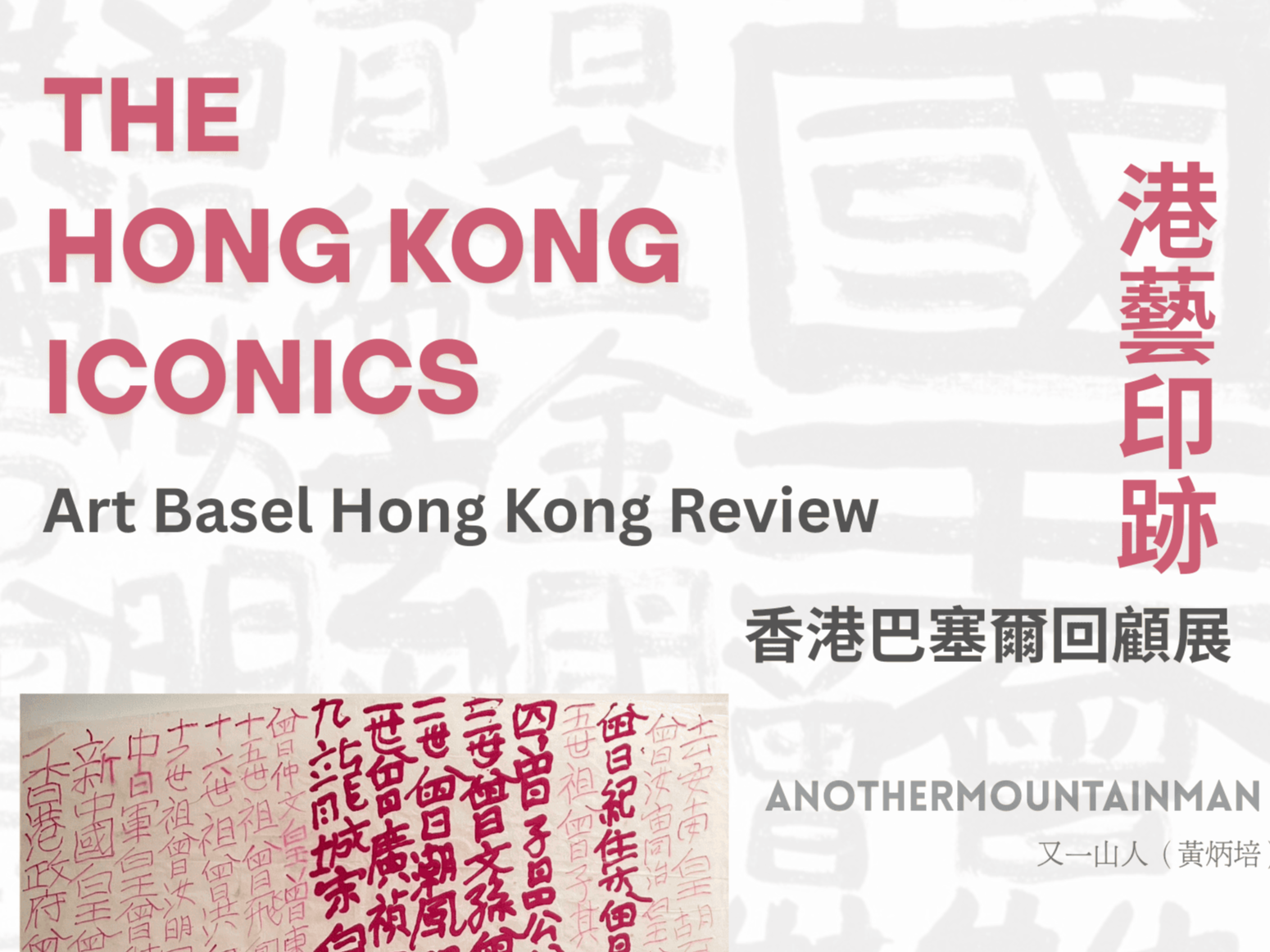
SOUTHERN
"THE HONG KONG ICONICS" Art Basel Hong Kong Review
11 Jul – 31 Oct, 2025
Lucie Chang Fine Arts
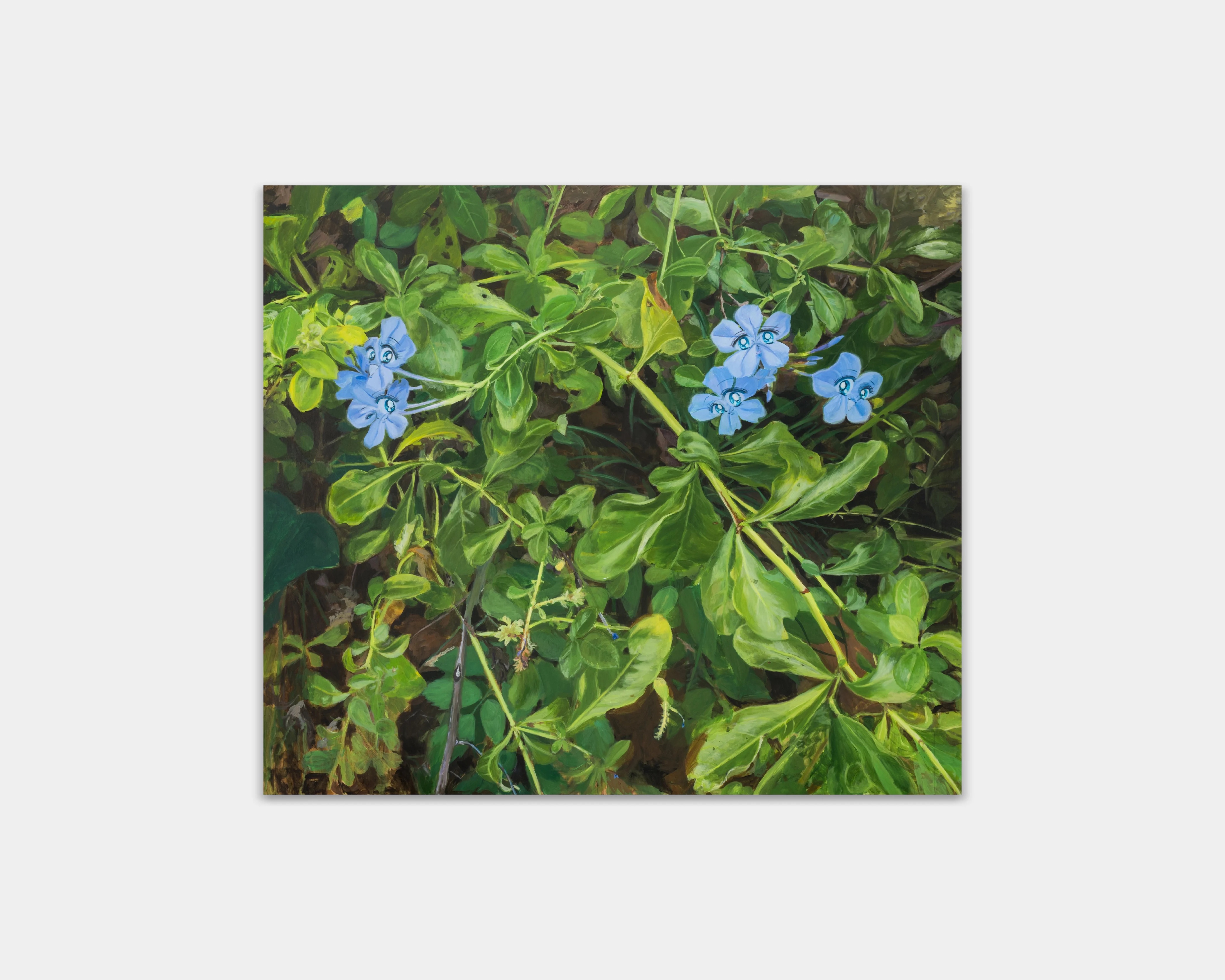
WAN CHAI
Summer
10 Jul – 20 Sep, 2025
Kiang Malingue
SAI WAN (WESTERN)
HART Haus x r é n: Art Actions | Our Youth Our Future
27 Jun – 13 Sep, 2025
HART HAUS
.jpg)
CENTRAL
Cherie Cheuk: A Wrinkle In Time
18 Jun – 6 Sep, 2025
Alisan Fine Arts
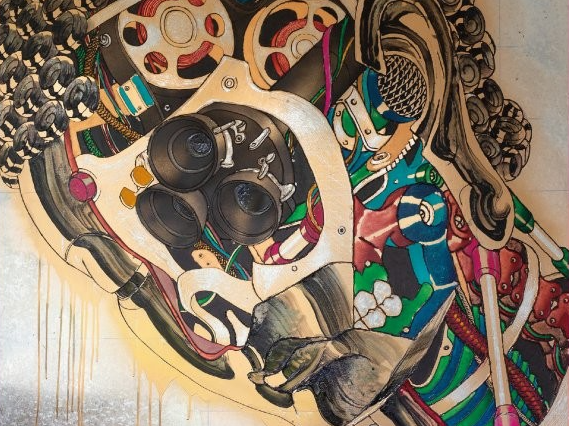
CENTRAL
Kongkee: Future Jataka
30 May – 30 Aug, 2025
gdm (Galerie du Monde)
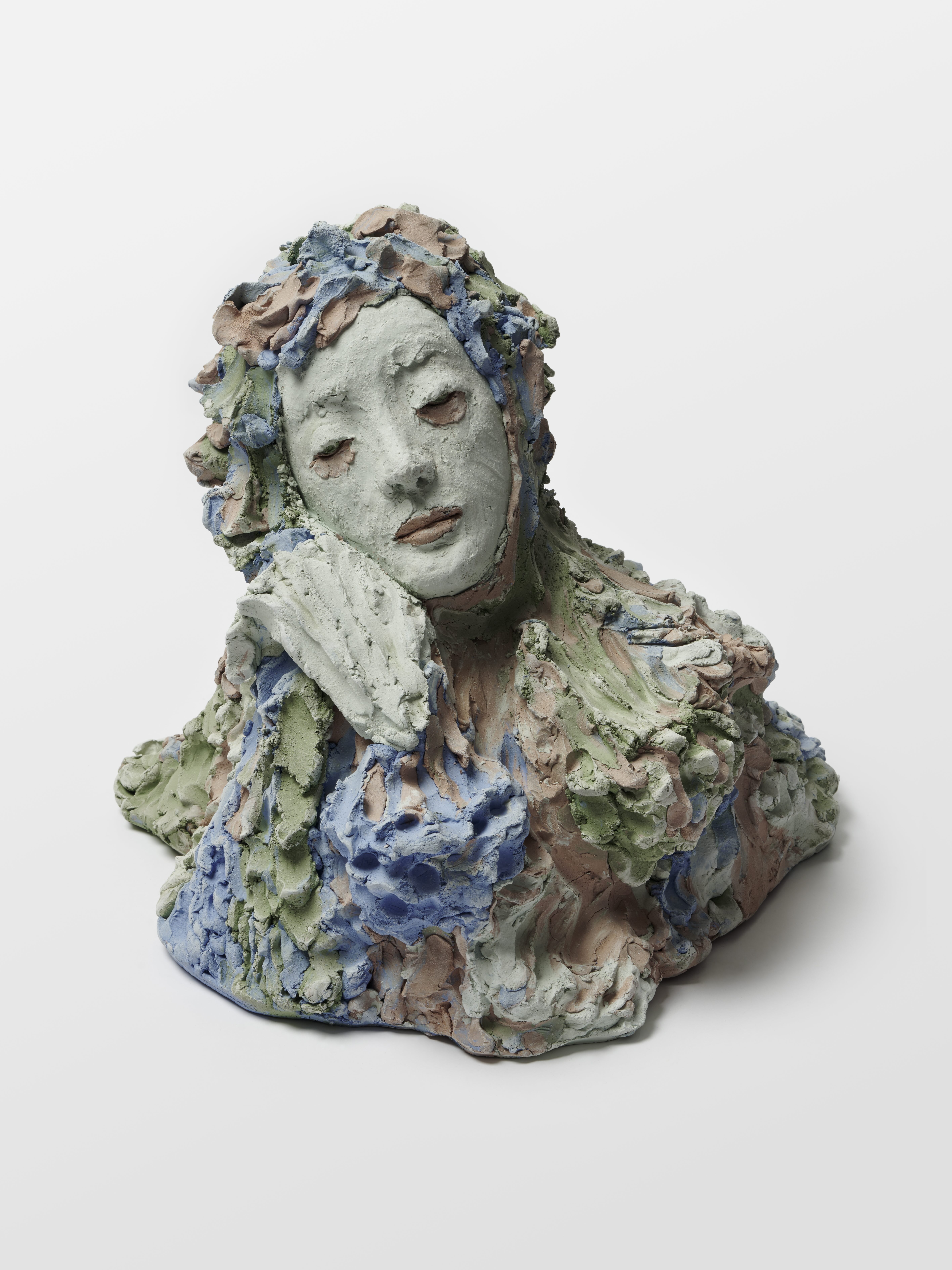
CENTRAL
Condition I-VI and Blue Room
29 May – 30 Aug, 2025
MASSIMODECARLO
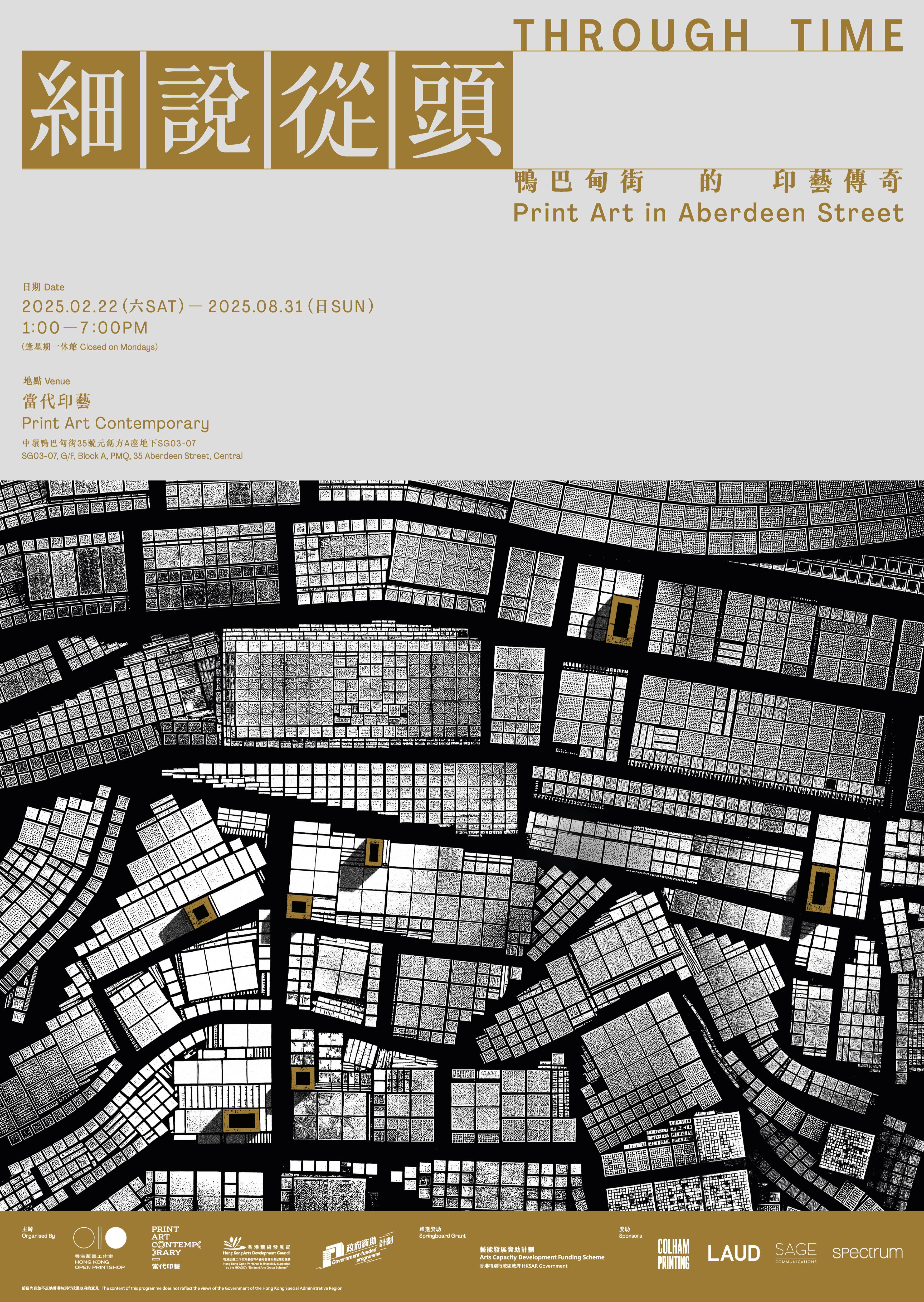
CENTRAL
Through Time—Print Art in Aberdeen Street
22 Feb – 31 Aug, 2025
Print Art Contemporary
OPENING SOON
Vignettes
11 Jul – 16 Aug, 2025
PERROTIN
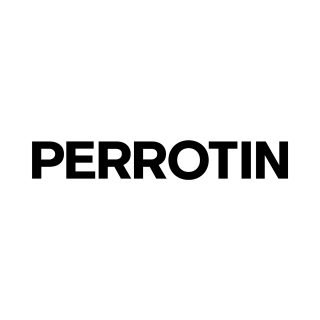
PERROTIN
Address: 807, K11 ATELIER Victoria Dockside, 18 Salisbury Rd., Tsim Sha Tsui
Opening Hours: Tue–Sat 11am–7pm
Phone: +852 3758 2180
Website: perrotin.com


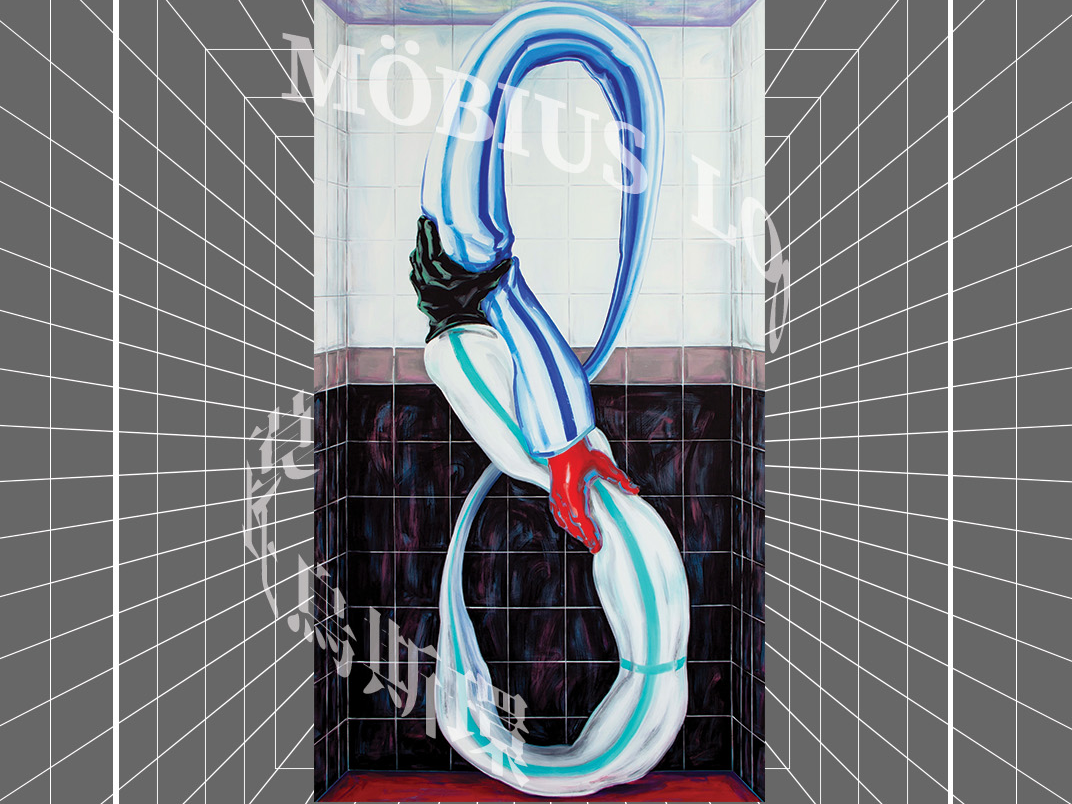
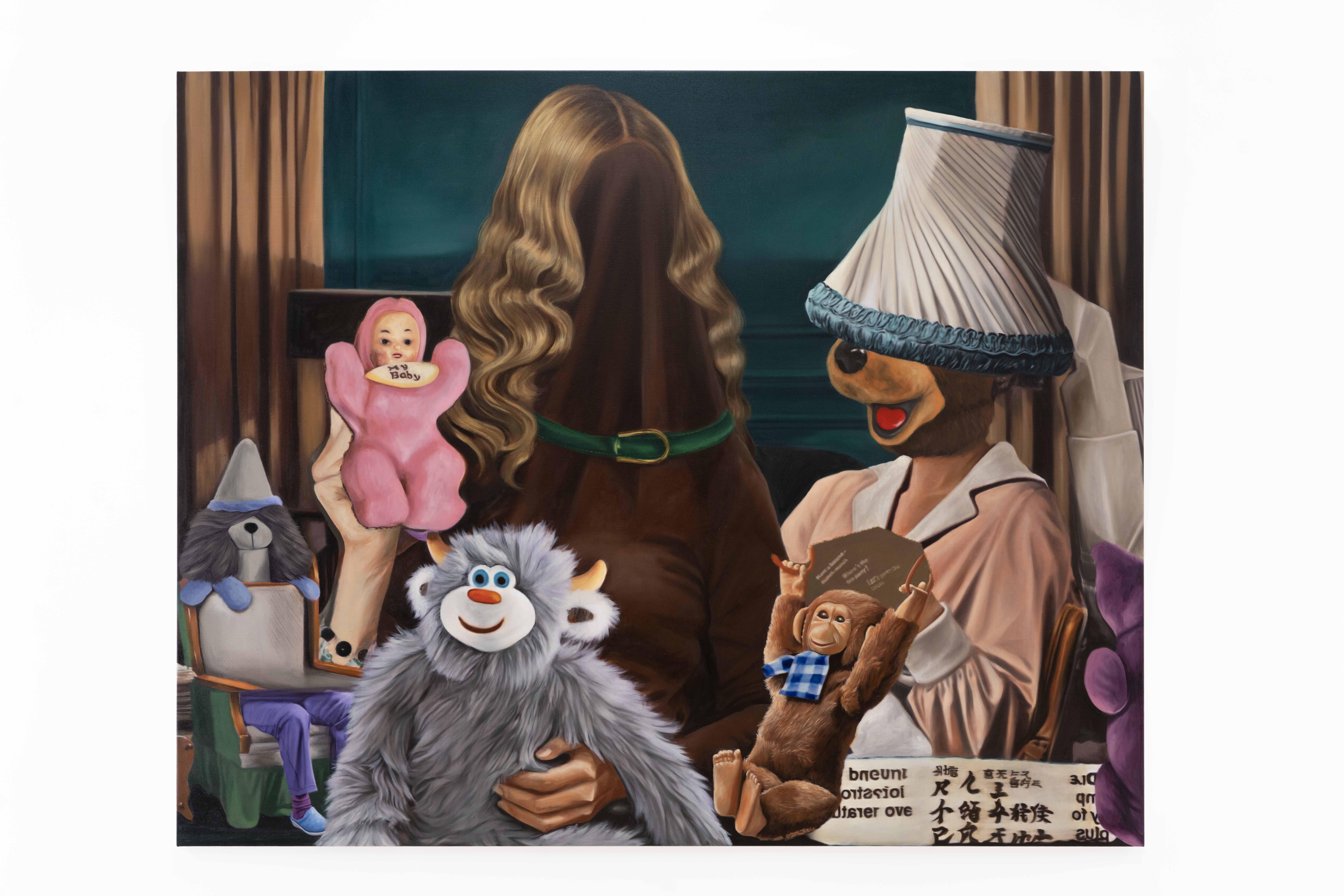
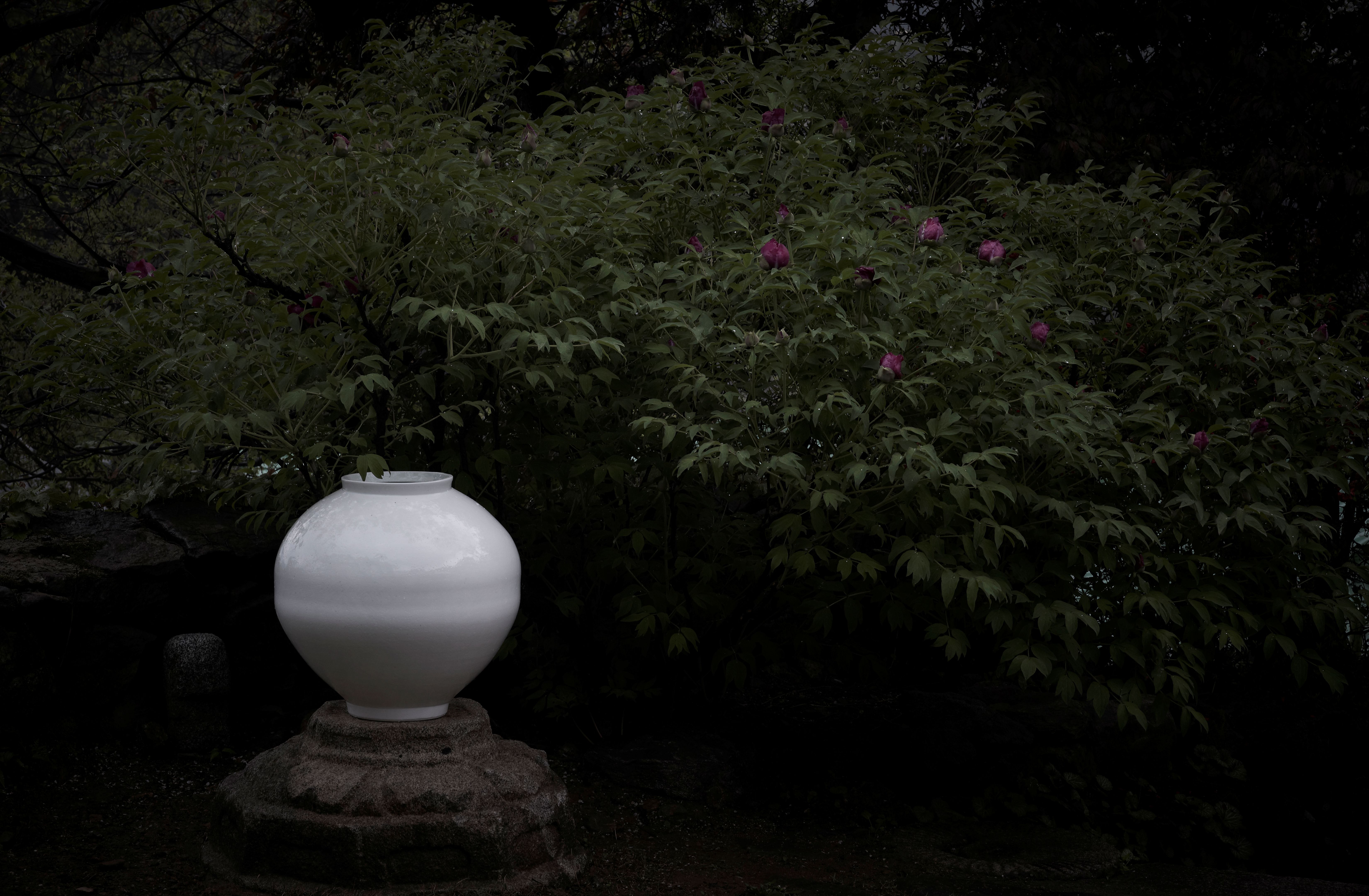
.jpg)